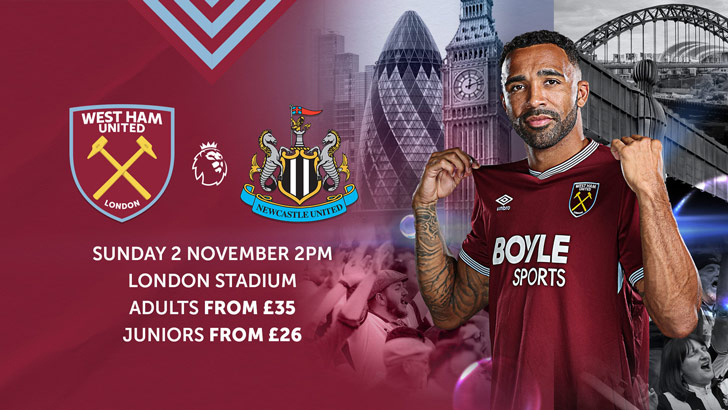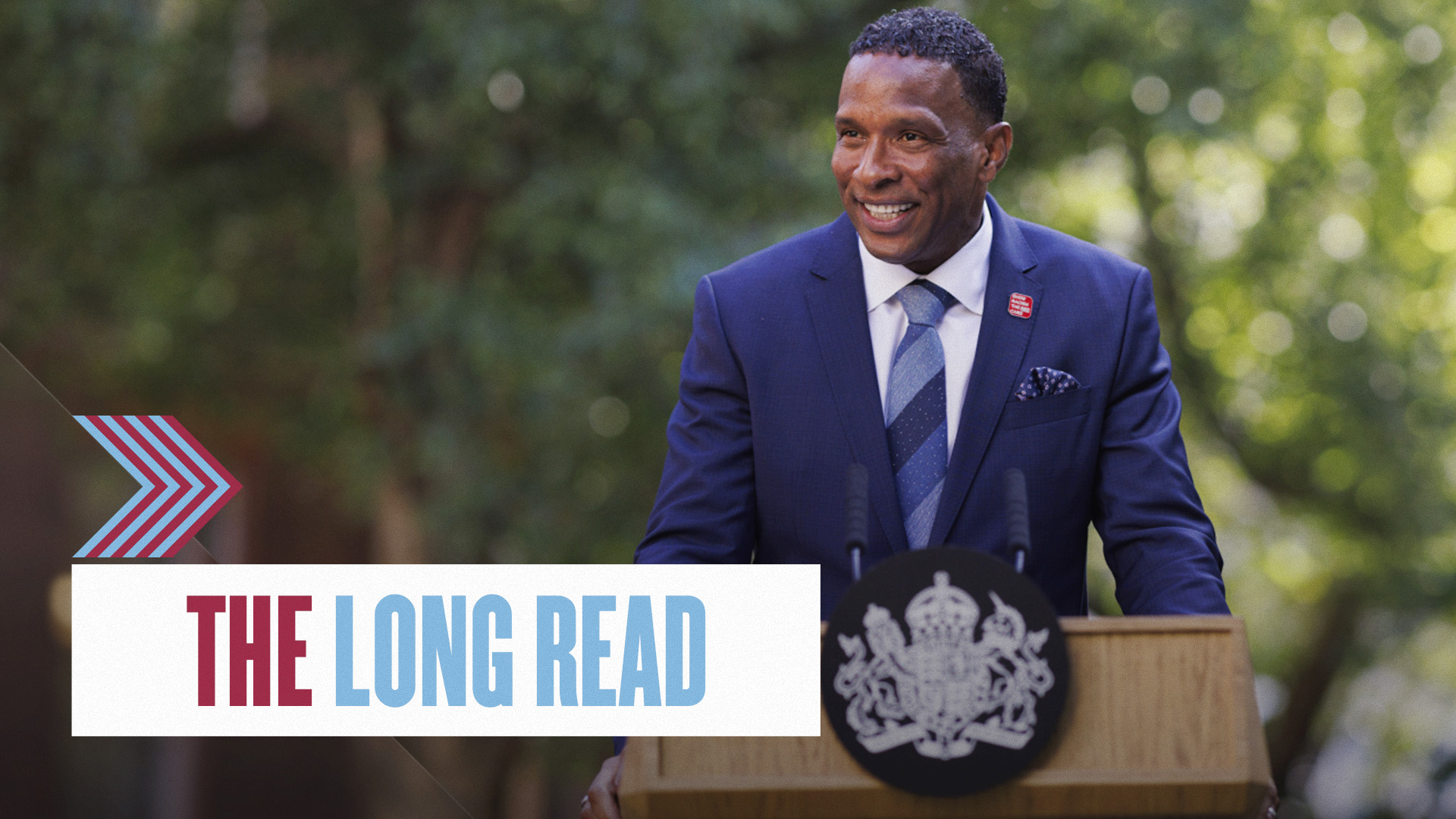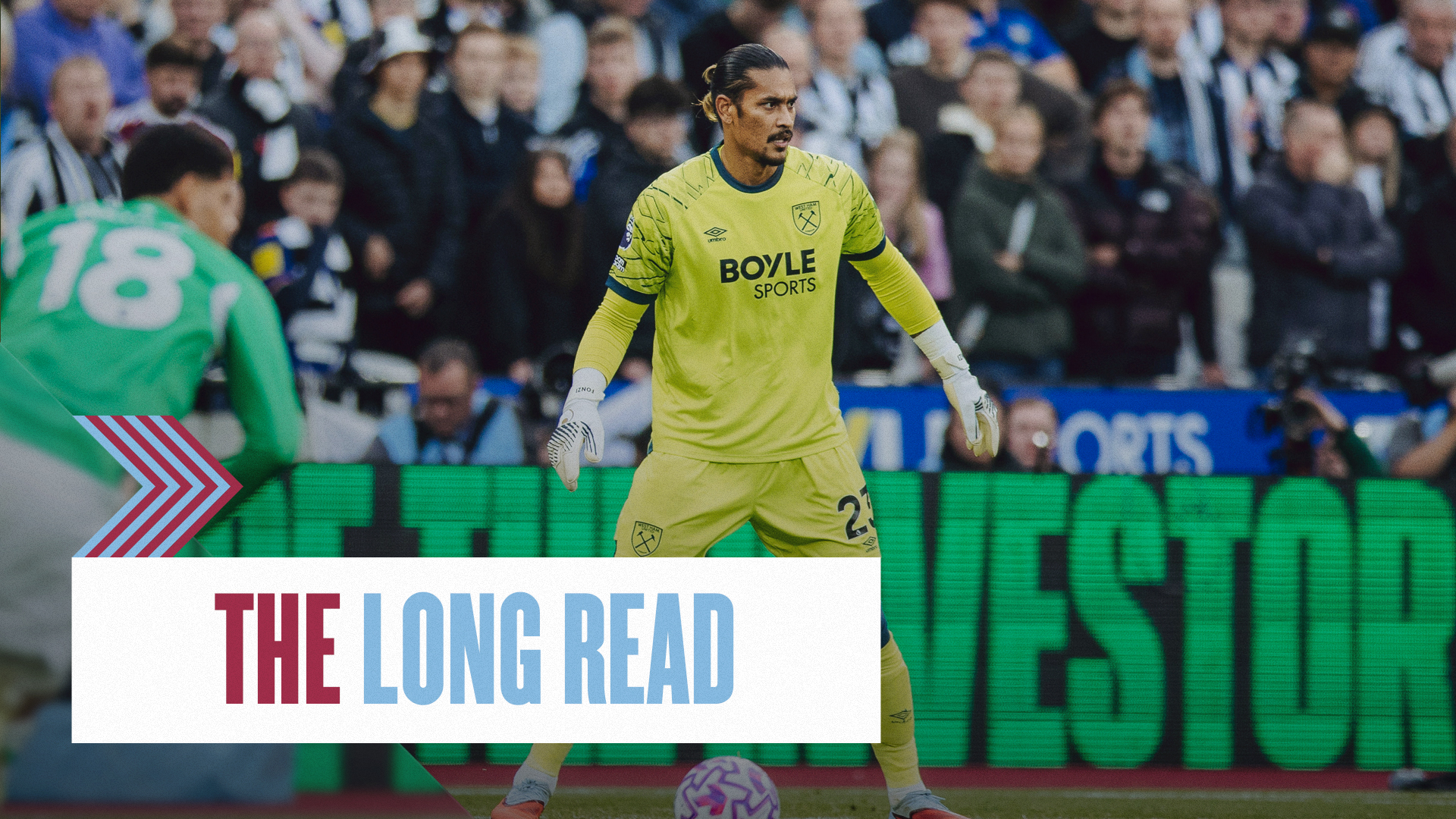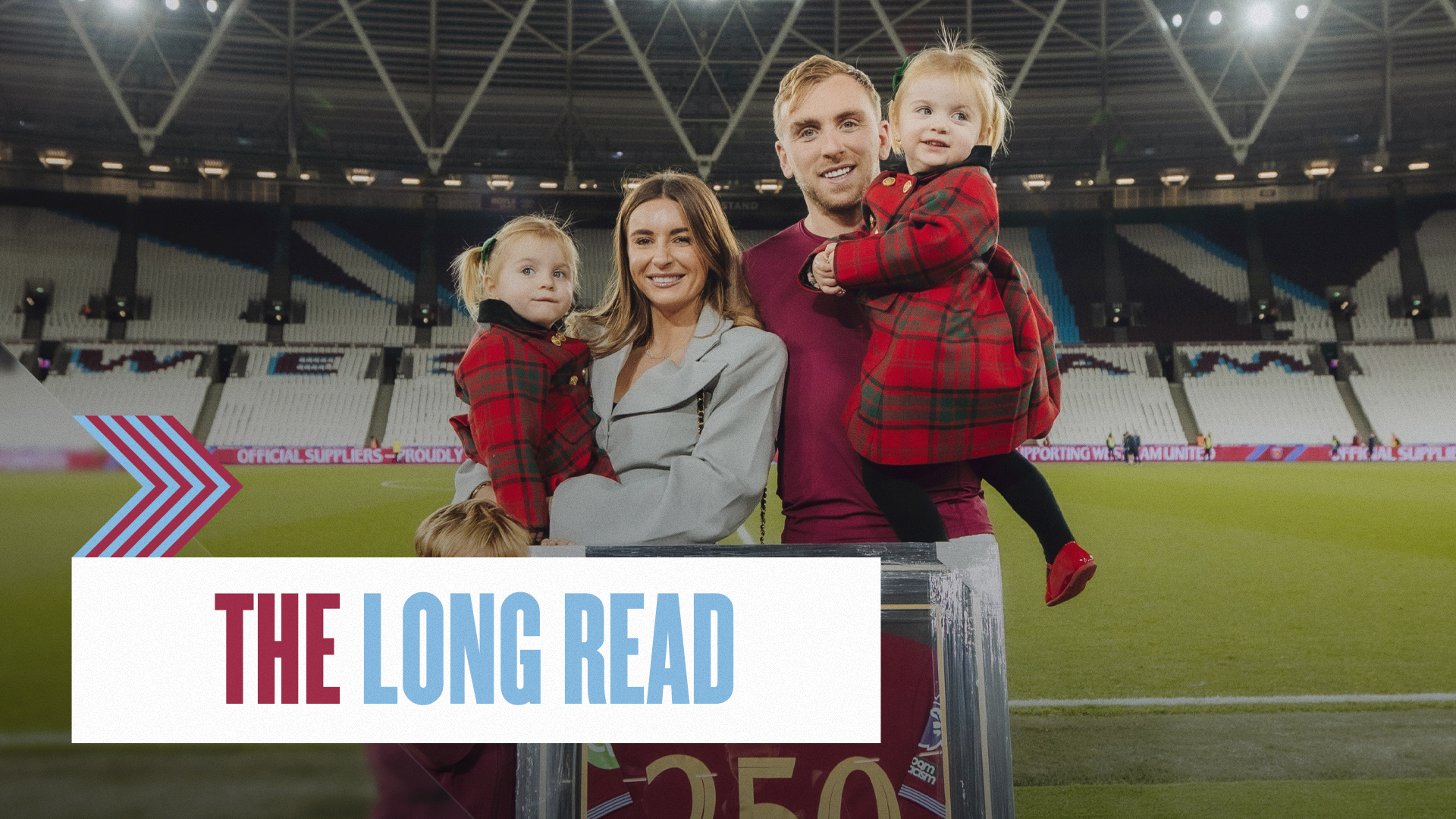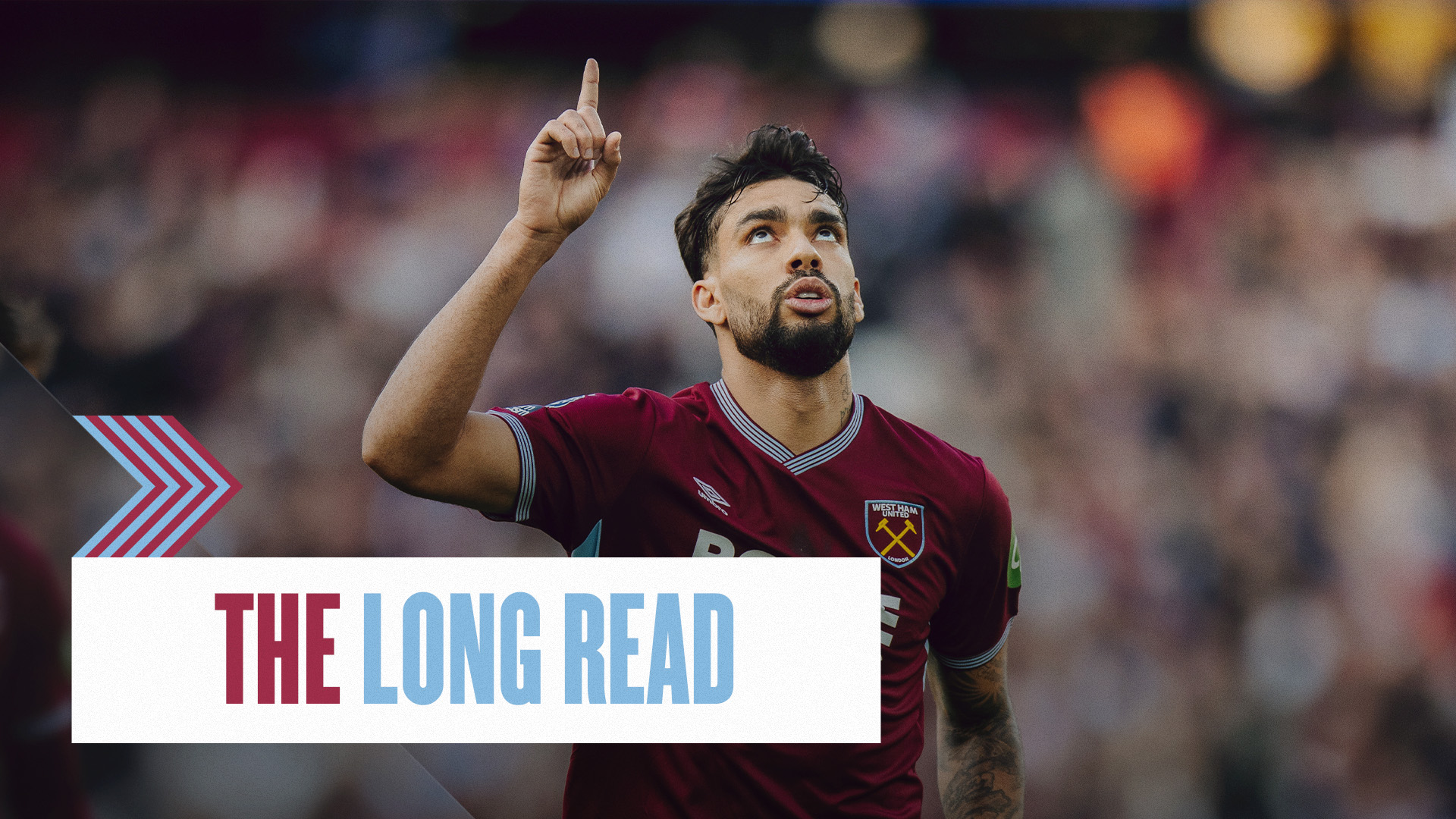It’s a cold autumn night in 1995, and newlywed Shaka Hislop and his wife Desha are enjoying an evening out in their new surroundings near Newcastle United’s St. James’ Park - the home of Kevin Keegan's all-action Magpies, who are challenging for the Premier League title.
Hislop, who has recently put pen to paper on a life-changing move to the Magpies before being applauded by the Newcastle faithful on his debut against Coventry City, is on cloud nine as a widening grin spreads across his face.
But as they stop at a petrol station on Barrack Road to fill up his car with petrol, he is confronted by a group of young people shouting racist abuse at him.
After they get closer and one of the group realises that they had been shouting at the Newcastle United goalkeeper, their approach suddenly switches from abuse to admiration.
That was the moment that Show Racism the Red Card was founded.
Following his experience, Hislop sent a letter of support and a £50 donation to a local anti-racism organisation that helped establish the North Shields-based charity in 1996, and he still serves as its honorary president.
Fast forward 30 years, and it has become the leading anti-racism educational charity in the United Kingdom, working within schools, workplaces, sports, and community organisations to educate and challenge behaviours and attitudes that have no place in a modern Britain.
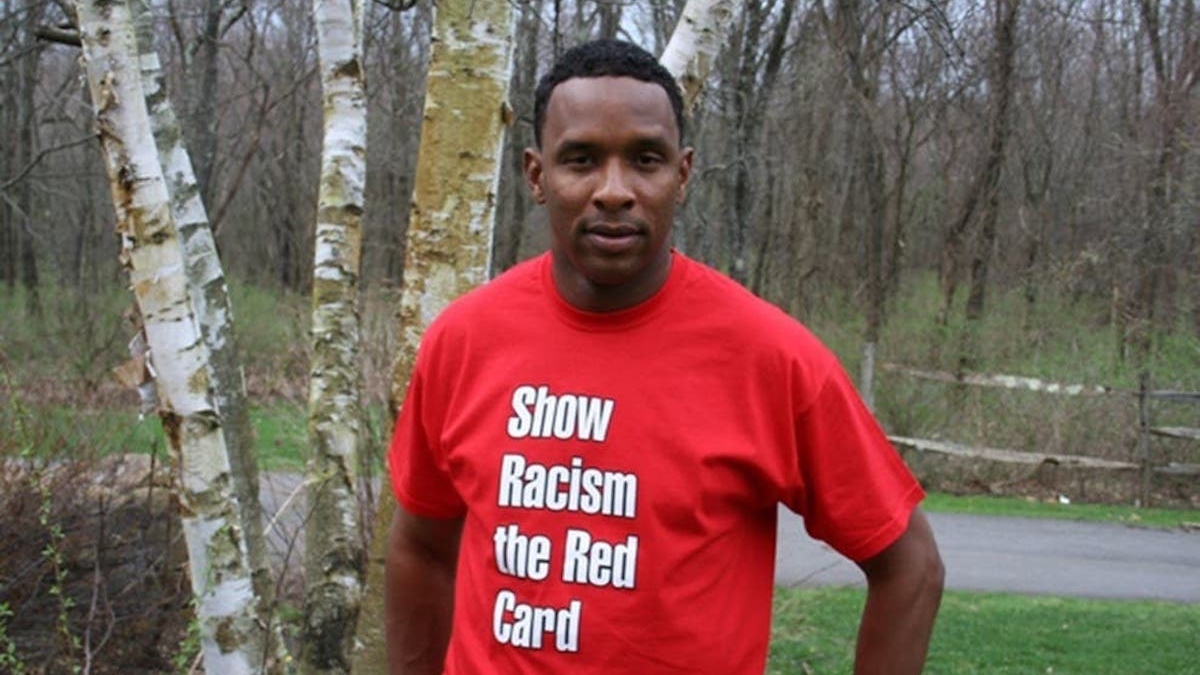
“I was concerned for both of our safety,” said Hislop, sharing the harrowing memory of that fateful night. “I'd just joined Newcastle after me and my wife had got married that summer in Trinidad, and we went home late one night.
“We stopped at a petrol station to fill up near St. James' Park, and as it would happen, a group of maybe five or six young lads started walking down the hill and started shouting racist abuse at me.
“As they got a little bit closer, one of them recognised who I am, and they started chanting my name and asked for autographs, but I put the nozzle back and left as quickly as I could, and it left me a little bit shaken, it really did.
“I'd already been in some conversation with Ged Grebby, who is Show Racism the Red Card's founder and still is the CEO, about work that he was already doing in the North East. It was an organisation called Youth Against Racism in Europe.
“I was telling him the story and about that experience, and we just started having more in-depth dialogue, and we decided to use my story as a footballer to try to make a greater impact, and from there, we just started going into schools in the local area and spoke about my experiences, my experiences of that night, my experiences as a footballer, and that dressing rooms are becoming more and more diverse, and it became a very powerful message.
“We spoke about those experiences and how, despite our differences, be they racial or cultural or language, we (Newcastle United) worked together to be the best team that we possibly could.
“I think it resonated because after 30 years now, we're still going. We've grown to become the largest anti-racism education charity in the United Kingdom, and I'm very proud of both where we are and how it started, because when we started, nobody thought we'd be talking about our organisation in 30 years' time and having the impacts that it has. We were just trying to make a difference in the city that we called home, that we represented every single Saturday.”
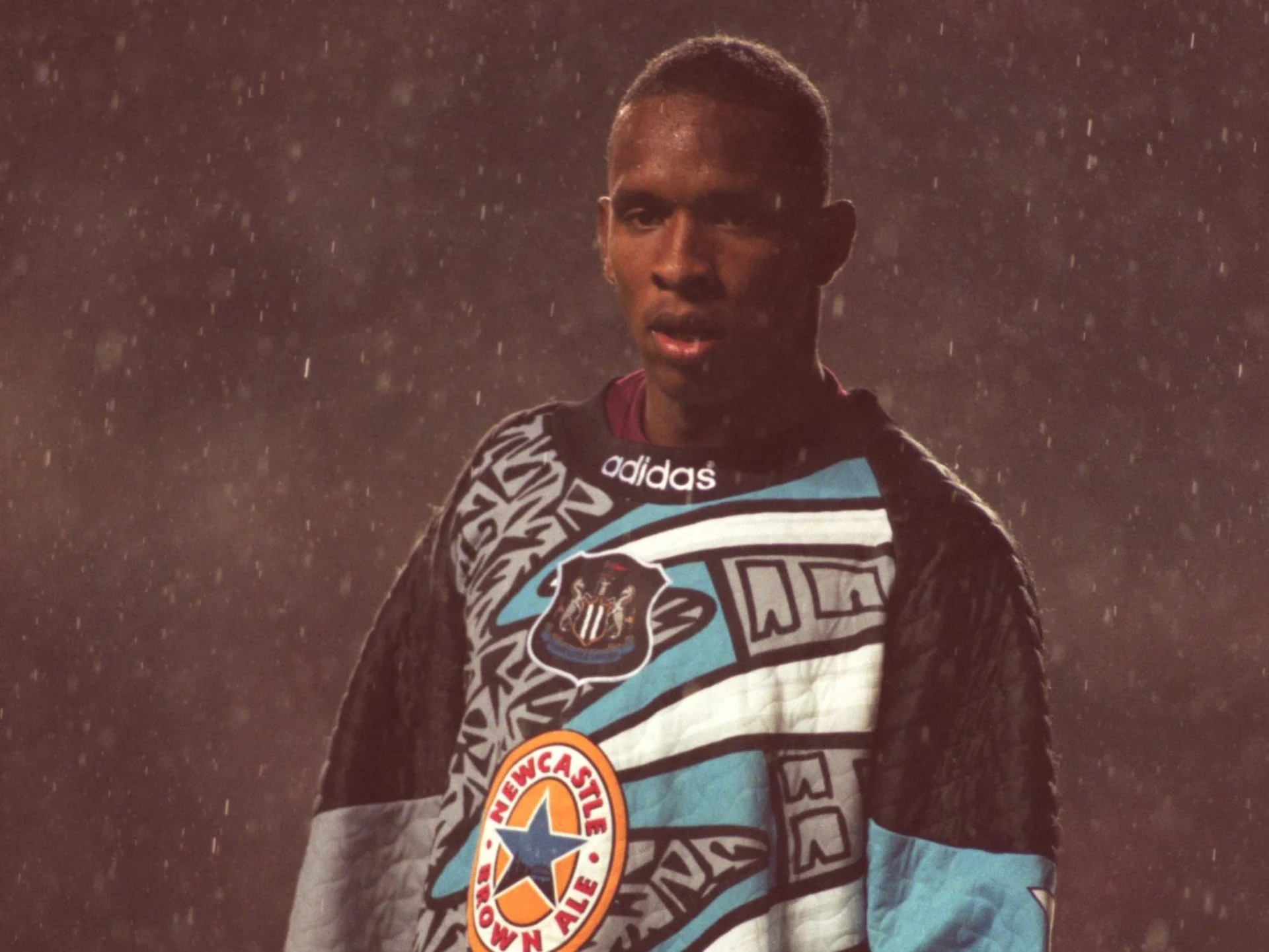
The Premier League continues to stand against racism. Using the League and its clubs' reach and popularity, the No Room For Racism initiative has combined action to fight against discriminatory abuse while also promoting equality.
Hislop says he has seen progress in the fight against racism, but believes identifying and dismantling structural and institutional racism is crucial.
He continued: “I'm a realist. I think when we started this, I was much younger, and I was an idealist, and I started this almost as a promise to my kids to deliver to them a world without racism. That was the idealist in me, and now I'm far more realistic in recognising that this is a marathon, that racism as we know it today has been hundreds of years in the making, and it may be a hundred years in its dismantling.
“But that shouldn't put us off. We should share that responsibility to do our bit, even if it takes a long time in its dismantling. We each have to do our part every single day and continue to move the needle forward.
“As a country, as a game, we have made incredible strides in the last 30 years. We still have a very long way to go, but I'm not daunted or intimidated by that. I welcome that challenge, because I think over the 30 years, the more people I've spoken to, the more hopeful I've become, and the more I see people recognise that they will give how they can, in whatever way they can.
“More and more people are willing to have those conversations, and those moments more than anything are the moments that will ultimately dismantle racism and inequality as we know it today.”
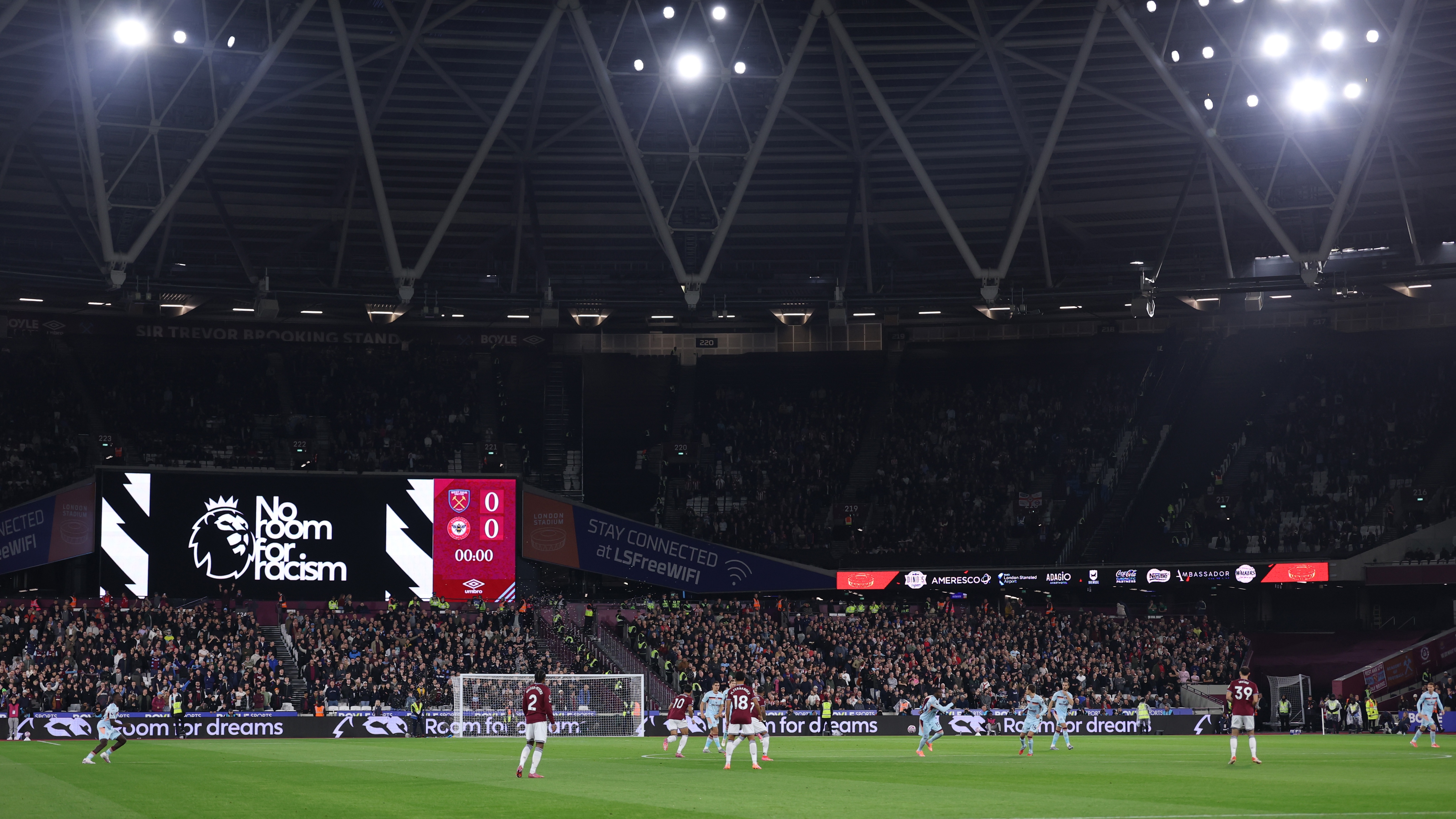
On the pitch, meanwhile, having spent three seasons at Newcastle, Hislop had dropped down the pecking order at St. James’ Park following the arrival of Irishman Shay Given and needed to get his career back on track.
And when he was contacted by then-West Ham manager Harry Redknapp to ask whether he might be willing to join the Club, he jumped at the opportunity, and he subsequently enjoyed two spells in east London between 1998 and 2006. He won the coveted Hammer of the Year Award in his first season at the Boleyn Ground, as we finished fifth in the Premier League table.
Hislop says he looks back fondly at his spells in Claret and Blue, which produced some real highs and some agonising lows.
“I'd been out of favour at Newcastle, then got a decent run in the first team, and then Kenny Dalglish came to me and said to me that if I didn't sign a new contract that they'd offered, he would put Shay back in,” Hislop continued.
“But I had already made my mind up that it was time for me to leave. So despite a decent run of games in my final season at Newcastle, I thought I needed a fresh start somewhere else, and through Les Sealey, West Ham reached out and asked if I'd be willing to come down, and I jumped at the opportunity. I thought that would be good for me, and that's exactly how it proved.
“My first season couldn’t have gone much better. Things went so well, and there was a real buzz about the Club at the time. We signed the likes of Ian Wright, and there were so many big-name signings. I remember our first game of the season was away to Sheffield Wednesday. We won 1-0, and Wright scored.
“Our second game was at home to Manchester United. And again, this is 1998, right after the 1998 World Cup and the [David] Beckham-[Diego] Simeone incident. When that version of Manchester United came to town, it was always a big game, a big day, and what happened in the 1998 FIFA World Cup just added some spice to that.
“We drew 0-0. Here I am, keeping two clean sheets in my first two games. We were playing good football, and the fans were excited about what was to come, and that momentum from those opening two games, I think, put us in a very good state for the rest of the season.
“There were just so many talented players that I played with at West Ham, and they've gone on to have some brilliant careers. There was this really exciting balance of experience and youth coming through.
“We had the likes of Davor Šuker, who played with Real Madrid, Steve Lomas and Marc-Vivien Foé, and then you had young players coming through in Rio Ferdinand, Michael Carrick and Frank Lampard. It was just such a talented squad.
“We had a really good spirit about us. It was a fantastic dressing room to be a part of, full of fun, full of life. It really was a great time to be at West Ham.”
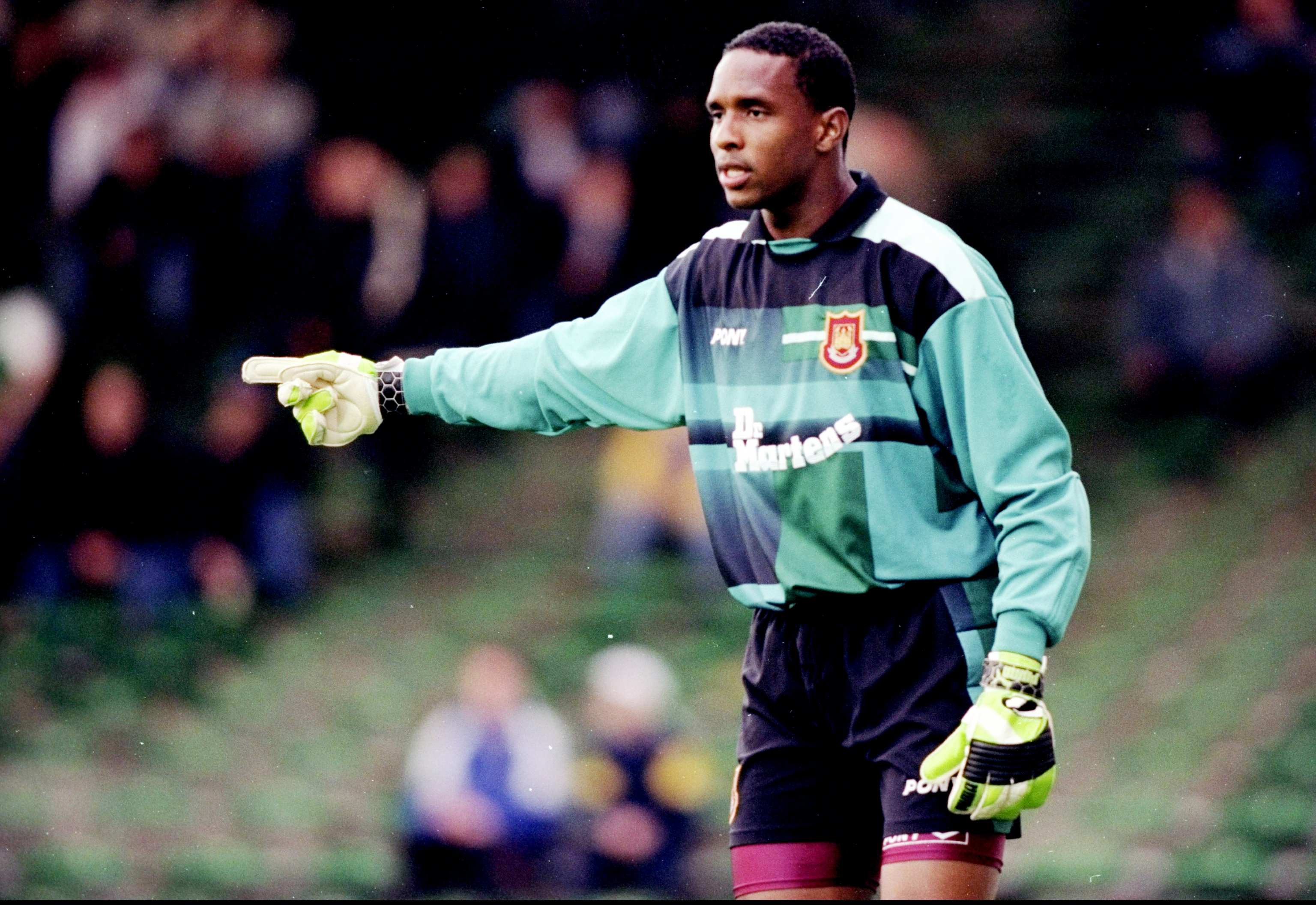
After a great start, a setback followed, as Hislop broke his leg during an innocuous challenge with Bradford City’s Dean Saunders in February 2000, leaving him devastated.
Hislop said: “In that 1998/99 season, which was my first, I won the Hammer of the Year, and then the second year, we were playing really well again, and things were going really well for us and certainly for me personally.
“I broke my leg against Bradford City, which was devastating, as it was a nothing challenging from Dean Saunders, in all honesty. He just caught me and spun me, but my studs got stuck in the turf. I remember my first game back was away to Chelsea, and I struggled. I came back far too soon. I really just tried to force myself back and did myself an injustice in the end, and then as a team and individually we struggled that season.
“Harry [Redknapp] was eventually let go around the end of the season, and then Glenn Roeder was brought in, and to his credit, he called me on the first day of pre-season and said he was looking to sign David James.
“I wanted to move, but he didn't want me to. He wanted me to continue to play as a backup to David, so I just kind of saw my last year as an understudy to him, then moved to Portsmouth with Harry for three years.
“I thought Harry got the best of me as a manager. He had a belief in me that no one else did. And as a result, I thought I played my best football under Harry, the same at West Ham.”
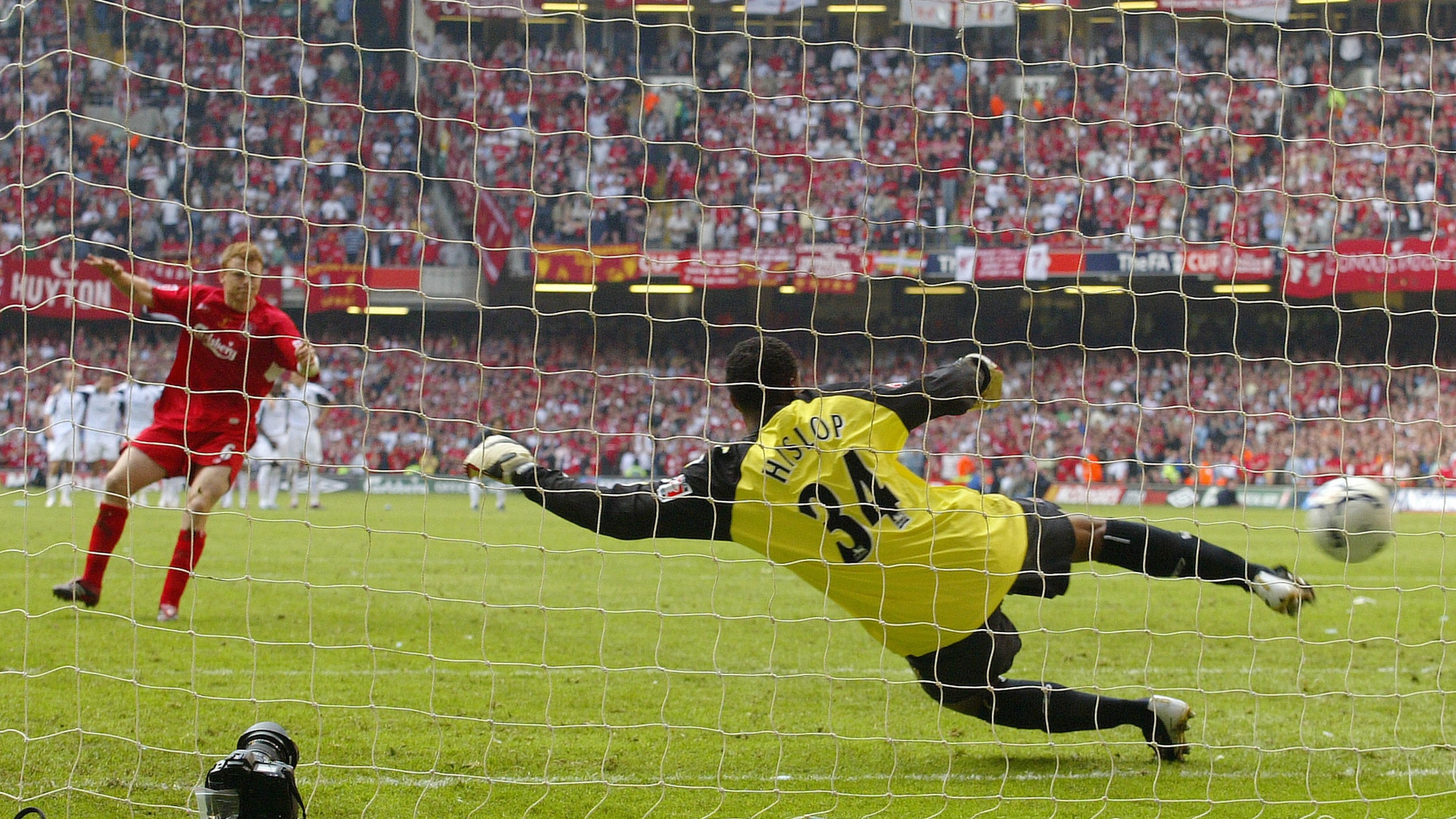
Having returned to east London in 2005, the nadir of Hislop’s time between the sticks in Claret and Blue was unquestionably the FA Cup final defeat to Liverpool at Millennium Stadium at the end of the 2005/06 campaign, when Alan Pardew’s side were denied a fourth triumph in a dramatic final.
Starting as underdogs against the Reds, we took an early two-goal lead thanks to Jamie Carragher's own-goal and Dean Ashton's close-range strike, before Djibril Cissé pulled one back.
Steven Gerrard lashed home an equaliser after the break before Paul Konchesky's speculative cross flew into the top corner to put West Ham back in front, but Gerrard's stunning last-minute strike forced extra-time. But after 120 minutes the sides could not be separated, which led to the drama and tension of penalties, and our hearts were broken as we lost 3-1 in the resulting shootout.
And don’t for one minute think the passing of time has dulled Hislop’s distress at that final.
Hislop said: “Alan Pardew called and said he’d signed Roy Carroll from Manchester United and just wanted somebody with a little bit more experience, just as his backup, and to push him, and I fancied that challenge. I thought I still had a lot to give.
“I wanted to test my wits against the younger generation, so coming back to West Ham was, again, a no-brainer for me.
“It’s important to keep in mind that West Ham were only promoted at the end of the 2004/2005 season, so when I joined it was their first season back in the Premier League.
“I played in the cup games, both in the Carabao Cup and in the early rounds of the FA Cup, and Roy [Carroll] had picked up a couple of injuries during the course of the season.
“I'd come in and play a game or two and then be back on the bench, then we just went on this cup run, and we were playing well.
“I think it may have coincided with an injury to Roy, but I got a sustained run in the team, not just in the cup games, but also in the league, and we just kept winning.
“I think we were as high as sixth, if not fifth, at one point, and we finished ninth that season, though I felt our league form dropped off towards the end of the season because of the FA Cup run, so I don’t think our league position reflected the kind of football we were playing.
“I can't even remember who we played in the lead-up to it, but I just remember playing against Middlesbrough in the semi-final at Villa Park. We deserved our place in the final, and I’m still sad we couldn't go over the line. But these things happen. That Liverpool team was a very good team as well.
“Out of the clubs I played for during my career, I think I played my best football at West Ham.
“I have a lot to brag about the clubs that I've been at, which I'm proud of, but I certainly enjoyed my five years at West Ham like no other. It really was a special Club, and I thoroughly enjoyed playing for Harry and playing at Upton Park. It was a good time to be a Hammer, it really was.”
